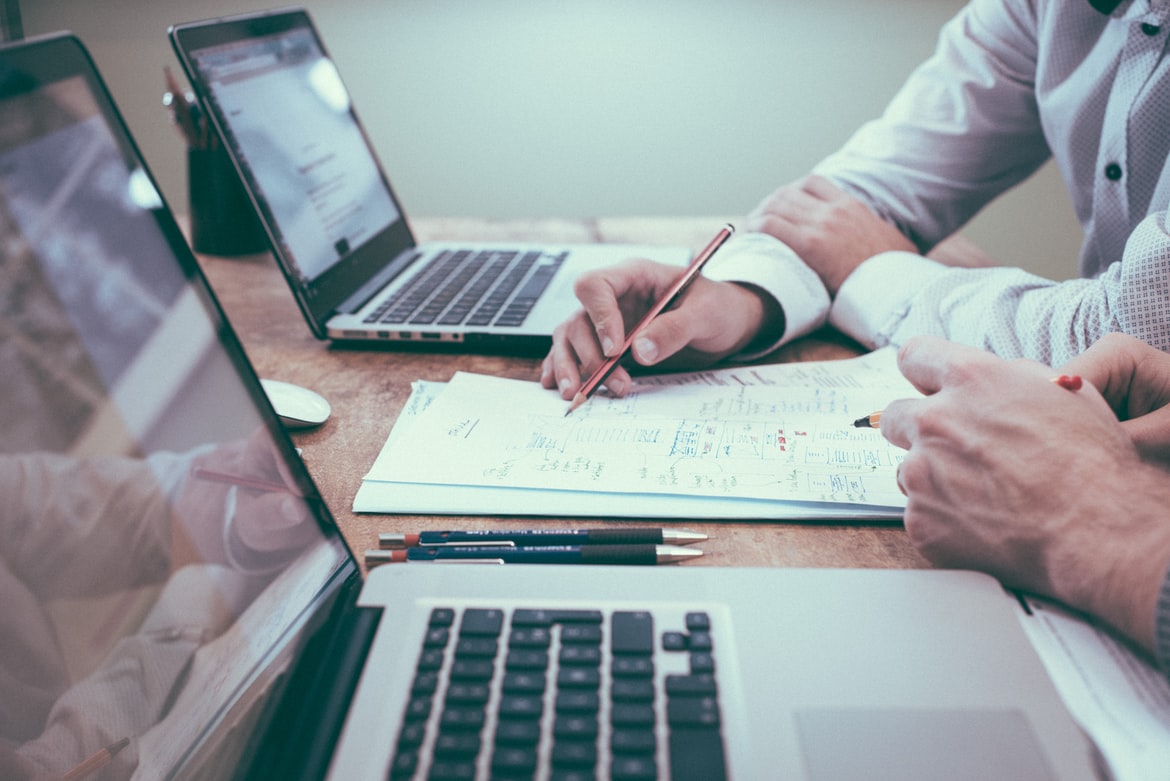The human body is so complex. Trillions of cells, tissues, and organs — all function in complex synchrony to maintain life. For ages, ambitious doctors have battled to understand this complex machinery. Their tools were restricted to simple sketches and imagination. A revolution in 3D anatomy models, animation, visualization, and printing has created new ways to physically manipulate and interact with the body. This rising technology is changing the way we educate the next generation of medical professionals. The possibilities are as limitless as the human body itself. So, how does the future of medical education look with all the solutions that modern technology has to offer?
3D Visualization in Medical Education
3D visualization has been adopted widely in medical teaching over the last decade. As the 3D printing and modeling technology continues to improve, it also expands its application in anatomy and physiology classes. Textbooks and two-dimensional pictures have been replaced by extremely realistic models of human anatomical structures that one can touch and manipulate.
The new approach to human anatomy education has brought medical training to a whole new level. Research has demonstrated that 3D models help students enhance their spatial vision and comprehension of anatomical linkages. The ability to physically manipulate the structure gives valuable hands-on experience. Printing patient-specific organs from medical images also provides unprecedented levels of customization for pre-surgical planning. As kids have grown up in an increasingly digital environment, the interaction and visual aspects of 3D models appeal to their learning styles.
Overall, 3D visualization is improving medical education. It allows for more immersive, tactile learning of complicated subjects. This leads to speedy information retention and understanding. As technology advances, 3D training models will certainly become a standard in medical curricula. It will not be considered a novelty.
Benefits of Using 3D Anatomy Atlas in Medical Education
3D anatomy solutions offer limitless possibilities in medical education. Here are the key benefits that are worth mentioning.
1. Improved Spatial Understanding
Using 3D atlases, students have reported a significant improvement in grasping of spatial relationships of anatomical structures compared to traditional 2D resources. Research has shown that studying at 3D atlases to understand the three-dimensional aspects of the human body is helpful for 90% of students. Continued spatial enhancement is crucial for medical professionals who need to visualize anatomy in a clinical context.
2. Increased Engagement and Motivation
The interactive nature of 3D models fosters greater student engagement. Many medical students express a preference for 3D visualizations over traditional methods, as these tools make learning more dynamic and enjoyable. This increased motivation can lead to improved academic performance, as evidenced by higher quiz scores among students utilizing 3D atlases.
3. Accessibility and Flexibility
3D anatomy atlases provide flexible learning opportunities, allowing students to access detailed models anytime and anywhere. This is particularly beneficial in scenarios where access to labs is limited. The ability to study at one’s own pace enhances learning outcomes.
4. Enhanced Learning Outcomes
Studies show that students using 3D anatomy tools achieve better results in assessments compared to those relying solely on traditional methods. For instance, recent research found that the use of a specific 3D anatomy atlas led to significant improvements in summative practical exam scores among first-year medical students. This suggests that 3D tools can effectively supplement traditional learning methods.
5. Cost-Effectiveness
Employing digital 3D atlases can reduce costs associated with maintaining physical cadaver labs, including expenses related to procurement and disposal. Institutions adopting these technologies can allocate resources more efficiently while still providing high-quality education.
6. Support for Diverse Learning Styles
The interactive capabilities of 3D atlases cater to various learning styles. This allows visual learners to manipulate models and gain a deeper understanding through exploration. Such a high level of adaptability can help accommodate the diverse needs of medical students.
7. Integration with Technology
Modern 3D anatomy atlases often integrate seamlessly with existing educational technologies, enhancing their usability within current curricula. They can be used alongside other digital resources. This is definitely an extra opportunity for the overall educational experience.
Current and Future Trends in 3D Visualization for Medical Training
3D visualization and simulations are now employed in a range of medical training applications. Surgical simulations employing 3D models of organs and tissues are the key field that is rapidly expanding and achieving results. Simulated procedures enable surgeons to rehearse complicated surgeries many times before conducting them on real patients. This improves results, shortens operating times, and lowers risk. 3D models also allow patient-specific rehearsals based on medical imaging data.
While significant progress has been achieved in simulation, most medical schools continue to employ 3D models infrequently. Hands-on learning is sometimes overlooked in favor of demonstrations. As prices fall and curricula evolve, 3D models may someday replace textbooks as the major anatomy teaching medium. Emerging trends point to virtual and augmented reality as the next frontier in 3D medical education. VR surgical simulations may create very immersive worlds. AR overlays of anatomical features on real patients improve visibility to a new level. As technology advances, 3D models will most likely evolve from physical prints to interactive digital assets.
The future of 3D medical instruction looks incredibly bright. It may promote more engaging, individualized learning while also enhancing patient outcomes via thorough procedural repetition. 3D modeling is a revolutionary technology, which is expected to establish itself as a core tool for medical education and training.
Final Say!
The potential of 3D modeling in medicine is just huge. What began as a solution for creating accurate anatomical models has evolved into extremely realistic surgical simulations, personalized prostheses, and bio-printed organs. As prices fall and technology improves, 3D is expected to become the norm for medical education and training. The advantages of student understanding and surgeon dexterity are obvious. More significantly, patients will benefit from increased education, planning, and fewer mistakes. We are at the start of a new age. It is the time when difficult ideas may be intuitively comprehended and processes can be practiced repeatedly in a risk-free virtual environment. The human body has finally found its counterpart.



